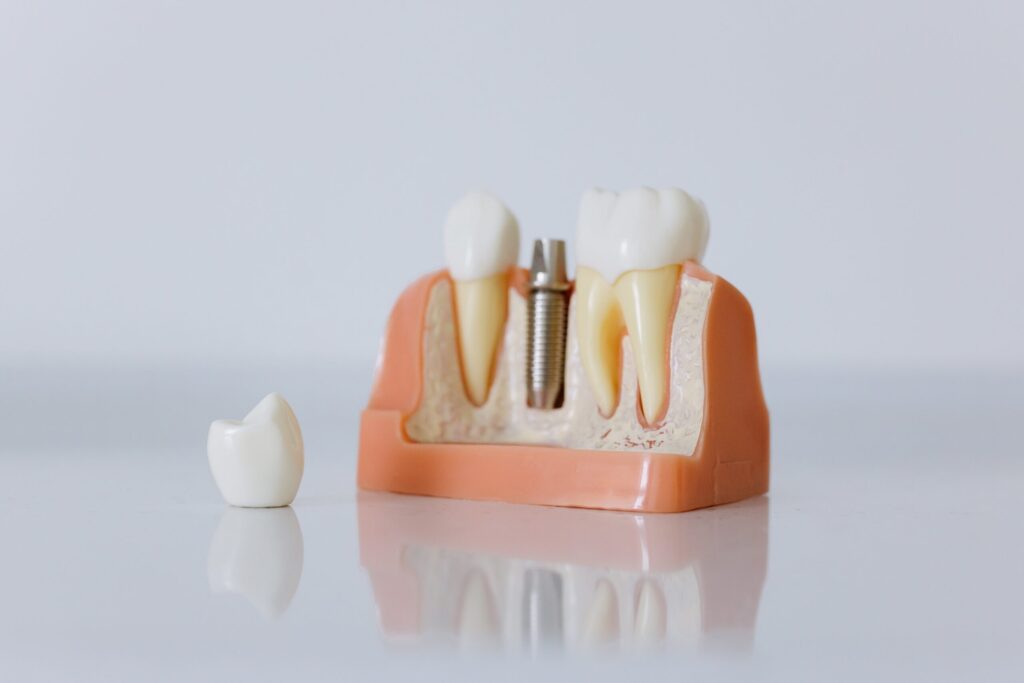Basal Implants
Basal implantology is a method that enables the provision of instant and long-term solutions in dental implant procedures.
Enhancing Stability and Comfort in Tooth Replacement
A New Solution for Dental Restoration


Life Time Warranty
The commitment to procuring and maintaining state-of-the-art dental technology, coupled with vigilant quality monitoring, affirms our confidence that our work is unparalleled. This unwavering dedication to excellence is reflected in our assurance of lifetime warranties on all dental treatments. We stand behind the quality and durability of our work, providing our patients with long-term confidence and satisfaction in their dental care.
Why
1. Strength of Basal Bone: The basal bone, being the strongest bone in the jaw, forms early in life, even before the development of teeth. This inherent strength provides a robust foundation for implant placement.
2. Exceptional Stability: Placing implants in the thick cortical bone of the basal area ensures an exceptionally stable anchorage. This stability is crucial for the success of the implant and contributes to its long-term durability.
3. Immediate Loading Capability: Due to the inherent strength of the basal bone and the stability of implants placed within it, immediate loading of dentures is possible. This means that prosthetic restorations, such as dentures, can be attached to the implants shortly after placement, allowing for a rapid restoration of oral function within a maximum of three days.

Procedure
The process of utilizing basal implants involves a meticulous and technologically advanced approach:
1. Bone Quality Analysis: Your bone quality is thoroughly analyzed using high-quality scanning methods. This initial assessment is crucial for determining the feasibility of the implant procedure.
2. Treatment Prediction with Advanced Technology: Advanced technology is employed to predict the treatment outcome accurately. This may involve digital planning and mock-ups, allowing for a comprehensive understanding of the proposed implant placement and final result.
3. Implant Placement in Cortical Bone: The actual implant procedure begins with the placement of implants in the thick cortical bone. This strategic placement ensures stability and strength for long-term success.
4. Determination of Number of Implants: Depending on the amount and quality of available bone, the number of basal implants required is determined. This customization ensures an optimal fit for each patient.
5. Secure Placement of Implants: The implants are then securely placed in the jaw, and their stability is confirmed. This step is essential for the successful integration of implants with the surrounding bone.
6. Digital Impression and Prosthesis Fabrication: A digital impression of the jaw, including the implanted area, is taken. This information is used to fabricate a prosthesis, such as dentures or crowns, tailored to the patient’s specific needs.
This comprehensive process, combining technological precision and careful planning, aims to deliver optimal results in terms of functionality, aesthetics, and long-term success in basal implantology.
Advanced Technology
Absolutely, the Cone Beam Computed Tomography (CBCT) scan is indeed a powerful tool in dentistry, particularly for implant treatment planning. Here are some key advantages of using CBCT scans in the analysis of oral structures for implants:
CBCT scans provide detailed three-dimensional images of the oral structures.
1.The high-resolution images enable dentists to assess bone density, quality, and the overall oral anatomy accurately.
2. Guidance During Surgery: CBCT scans act as a valuable guide during implant surgery. They offer a clear visualization of the patient’s anatomy, allowing for precise placement of implants in the optimal locations.
3. Nerve Path Determination: CBCT scans can precisely determine the path of nerves in the jaw, helping to avoid potential damage during implant surgery. This is crucial for ensuring the safety and comfort of the patient.
4. Evaluation of Bone Structure and Teeth Orientation: CBCT scans provide comprehensive information about the bone structure and the orientation of existing teeth. This information is vital for determining the ideal position and angle for implant placement.
5. Assessment of Associated Structures: CBCT scans allow for the evaluation of associated structures such as the jaw, sinus, basal bone quality, and nasal cavity. This comprehensive assessment aids in the precise planning of the implant treatment, taking into consideration all relevant anatomical features.
6. Enhanced Treatment Planning: By providing a detailed and accurate depiction of the oral structures, CBCT scans contribute to enhanced treatment planning. Dentists can customize the implant procedure based on the individual patient’s anatomy, leading to better outcomes.

